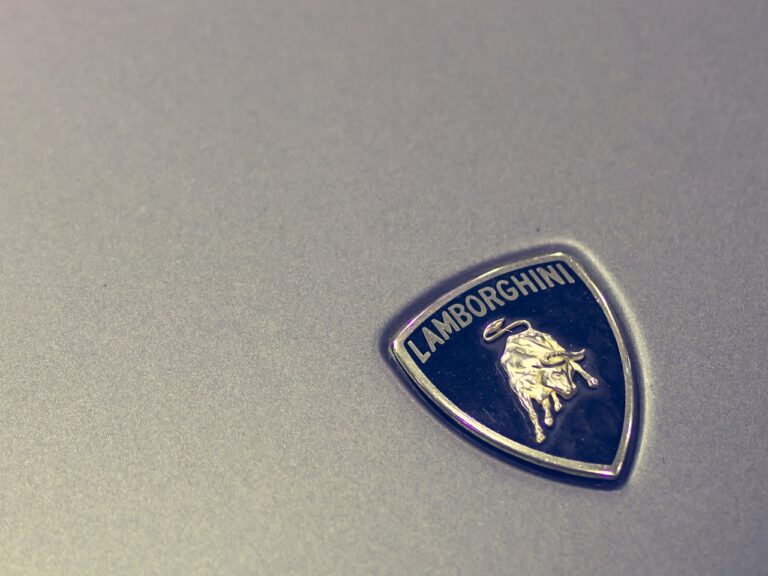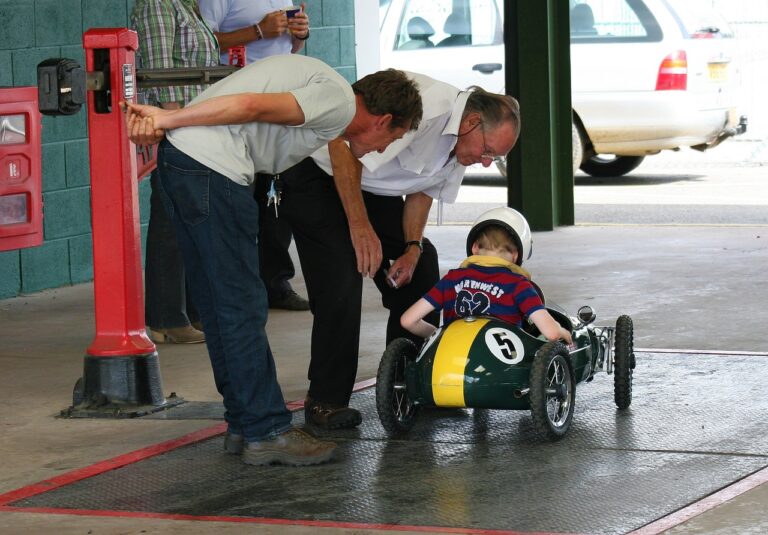How Vehicle-to-Home (V2H) Technology is Evolving
11xplay online, gold365 com, skyfyer:Vehicle-to-Home (V2H) technology is rapidly evolving and reshaping the way we think about energy consumption and management in our homes. This innovative technology allows electric vehicles to not only transport us from point A to point B but also to serve as a power source for our homes. By connecting our vehicles to our homes, we can utilize the energy stored in our electric car batteries to power our lights, appliances, and other electrical devices.
As we continue to transition towards a more sustainable future, V2H technology is becoming increasingly important. And with advancements in electric vehicle technology, V2H systems are becoming more efficient and accessible than ever before. In this blog post, we will explore how V2H technology is evolving and why it is set to play a key role in the future of energy management.
The Evolution of V2H Technology
1. Introduction to V2H Technology
V2H technology allows electric vehicles to discharge electricity back into our homes, effectively turning our cars into mobile energy storage units. This means that not only can we charge our electric cars at home, but we can also use our car batteries to power our homes during peak electricity demand times or in the event of a power outage.
2. Benefits of V2H Technology
One of the main benefits of V2H technology is its ability to reduce our reliance on the grid and lower our energy bills. By using the energy stored in our electric car batteries to power our homes, we can save money on electricity costs and reduce our carbon footprint. Additionally, V2H technology provides a reliable backup power source in the event of a blackout or emergency.
3. How V2H Systems Work
V2H systems typically consist of a bidirectional charging device that connects an electric vehicle to a home’s electrical system. When the electricity demand in the home exceeds the supply from the grid, the V2H system can draw electricity from the car battery to supplement the power supply. Conversely, when the car is parked and fully charged, excess electricity can be sent back to the home to power appliances and devices.
4. Advancements in V2H Technology
Recent advancements in V2H technology have made these systems more efficient and user-friendly. Newer V2H systems are equipped with smart energy management features that allow users to optimize energy usage and reduce overall energy costs. Additionally, improvements in battery technology have extended the lifespan of car batteries, making them more suitable for V2H applications.
5. Integration with Renewable Energy Sources
V2H technology can also be integrated with renewable energy sources such as solar panels and wind turbines to create a more sustainable and self-sufficient energy system. By combining V2H technology with renewable energy generation, homeowners can further reduce their dependence on the grid and lower their carbon emissions.
6. Future Outlook for V2H Technology
As electric vehicles become more prevalent and affordable, V2H technology is expected to become more widespread in the coming years. With the continued development of V2H systems and the increasing adoption of electric vehicles, we can expect to see more homeowners embracing this technology as a way to reduce their energy costs and environmental impact.
FAQs
Q: How much does V2H technology cost to install?
A: The cost of installing a V2H system can vary depending on the specific requirements of your home and vehicle. However, prices have been decreasing as the technology becomes more mainstream and accessible.
Q: Can V2H technology work with any electric vehicle?
A: V2H systems are typically compatible with most electric vehicles on the market. However, it is important to check with the manufacturer of your vehicle to ensure compatibility with a V2H system.
Q: Is V2H technology safe to use?
A: V2H systems are designed with safety features to protect both the vehicle and the home. These systems undergo rigorous testing to ensure that they meet safety standards and regulations.
In conclusion, Vehicle-to-Home (V2H) technology is evolving at a rapid pace, offering a sustainable and cost-effective solution for energy management in our homes. With advancements in electric vehicle technology and improvements in V2H systems, we can expect to see this technology become more prevalent in the years to come. By harnessing the power of our electric vehicles to power our homes, we can reduce our energy costs, lower our carbon footprint, and create a more efficient and sustainable energy system for the future.







